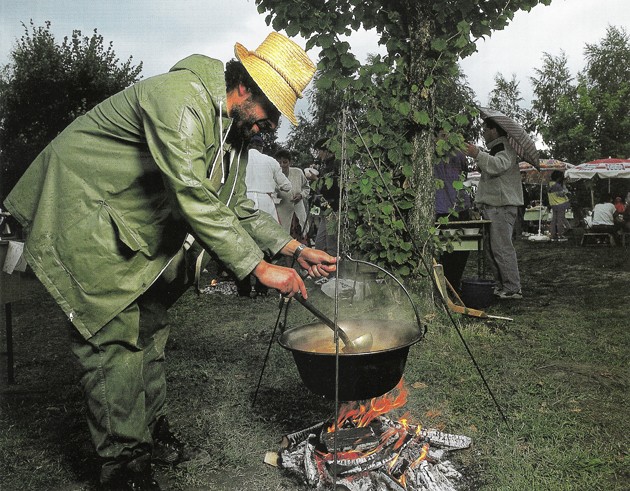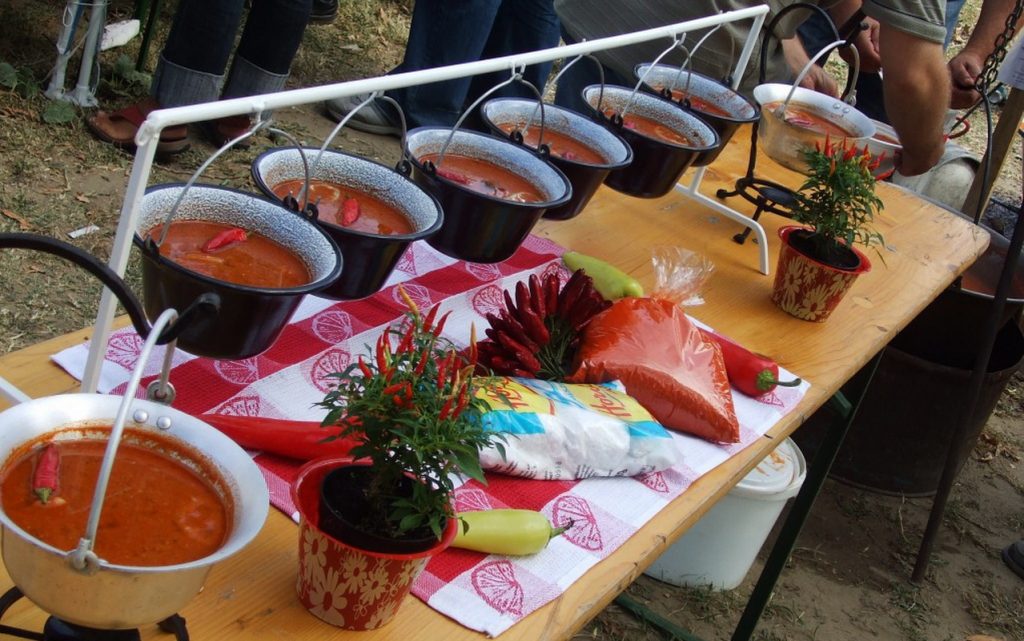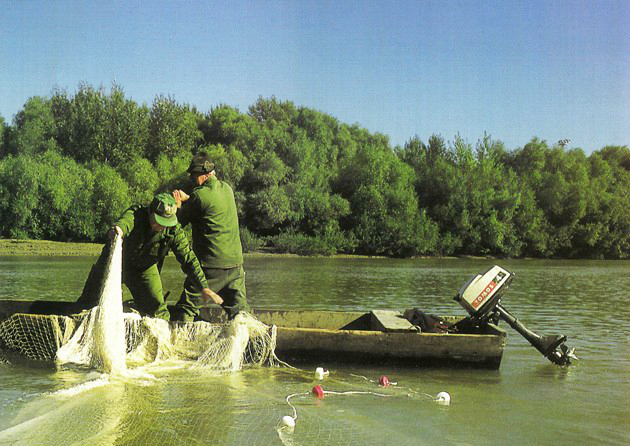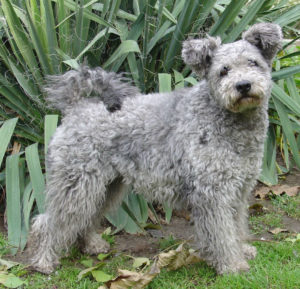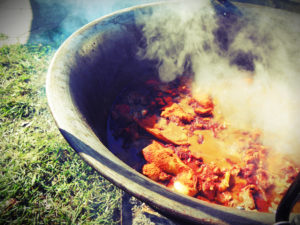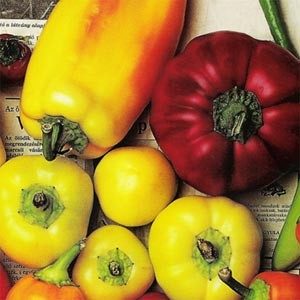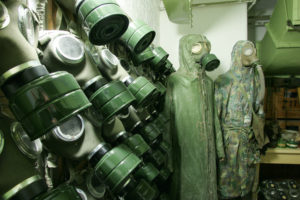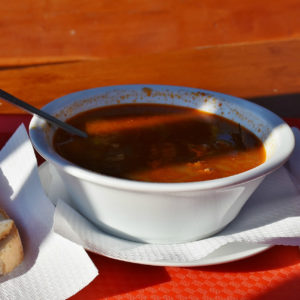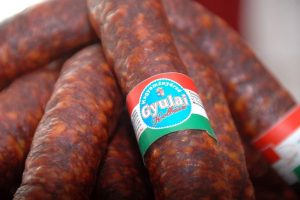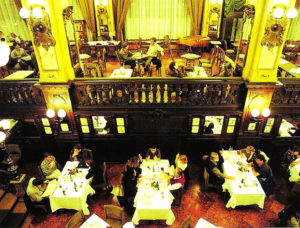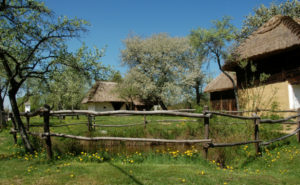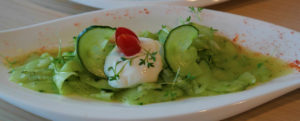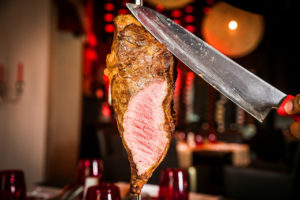Tisza fish soup
There are three main groups of Hungarian fish soups: soups from Balaton, Danube and Tisza. Have you ever wondered what distinguishes Tisza fish soup from the others?
The three types of fish soup
In the history of Hungarian gastronomy of characterful dishes, classical fish soup flavoured with paprika is considered relatively young as a specialty. This pairing only appeared in the 18th century: the unique flavour of the paprika from Makó, Kalocsa or Szeged, that is not used anywhere in the world, adds a curious taste to the classic fish soup.
The first written sources are based on folk recipes and appeared in travel books in the early 19th century. Our first known source is from 1800, recorded by Samuel Brezetzky, who mentions a fish lunch in Tolna in his German-language description. Although many cookbooks were published during the Reformation era, the recipe of fish soup didn’t appear in any of them. Rézi néni (Terézia Dolecskó) was the first, who mentioned it in her cookbook named “Szegedi Szakácskönyv” published in 1871 as “fish paprikash”, which is a very basic version of the fish soup. The whole point of the recipe is to put everything on the stove in the same time.
Nowadays we know a lot of different fish soups in the Hungarian gastronomy, but the three main types are the variations of the Central-Danube area, Balaton area and the Tisza area.
Like the blood of the angriest bull
In the case of Tisza fish soup, the most important thing is to have as many different fish as possible in the soup. Besides the noble fish, the head, fin and tail of the carp are also used. The soup is cooked by putting a generous amount of thickly chopped onions from Szentes or Makó into the pot. It must be cooked until its colour resembles “the blood of the angriest bull” and then passed. Then water is added, and it is spiced with salt, paprika, and finally the topping is added, i.e. fish fillet and fish egg.
This procedure makes the fish flavor even more characteristic than in other fish soups. These fillets are not passed, they stay intact, like the fillets in the Danube fish soup.
Subcategories of Tisza fish soup:
- Szeged fish soup
- Szolnok fish soup
- Tisza fish soup with wine
“Two-thirds of the Tisza is water, one third is fish”
– as Galeotto Marzionak, chronicler of King Matthias said. The Tisza, being rich in fish ensured the livelihood for many people, and was also a basic food source for centuries. The history of the Tisza fish soup is intertwined with the local fishing culture, the lifestyle and everyday challenges of the people of the area.
Learning the art and craft of fishing started in the locals’ childhood. The children worked as boatmen and fish splitters, and the work lasted from dawn to dusk. The fish was processed on fish-splitting and drying farms on the banks of the Tisza River. From Szeged to Csongrád 37 farms were working on this, some statistics suggest that there was a year when 500 000 kilos of fish were processed.
The fish soup was the food of the fishermen, who cooked the fish in a cauldron set up on their barges and took the water from the river. However, the unique dish soon outgrown them, thanks to the enthusiastic accounts of curious travelers. In the second half of the 19th century the Szeged fish soup became more and more famous, which led to 42 fishermen applying for the establishment of a fishing tavern in 1882. The tavern was built next to the fish market, where tourists of the time could taste the special soup.
The fish soup is different in every area and era, and it is an important part of the Hungarian gastronomy. Next to the goulash it is a “must try” for the tourists, a delicacy that must been tasted when they are visiting Hungary.



